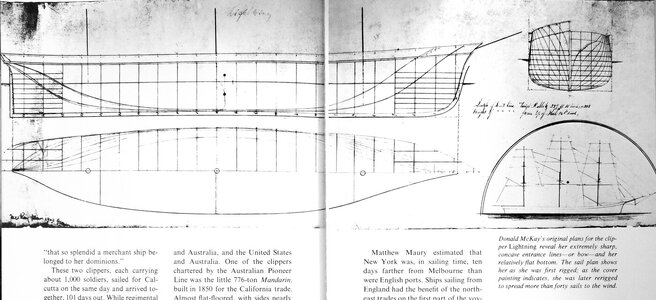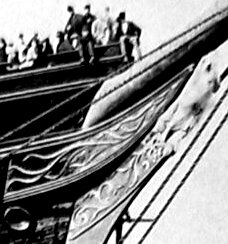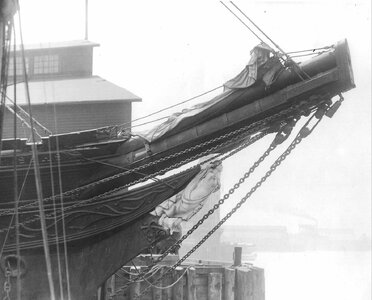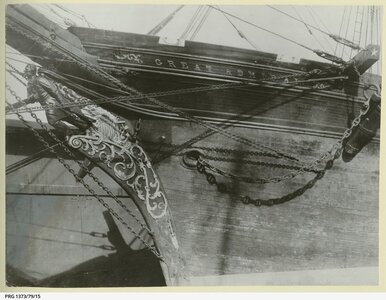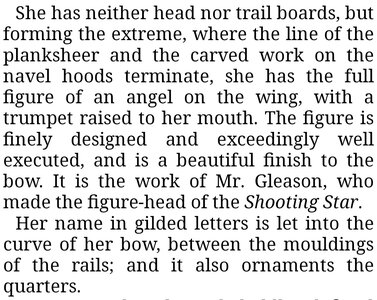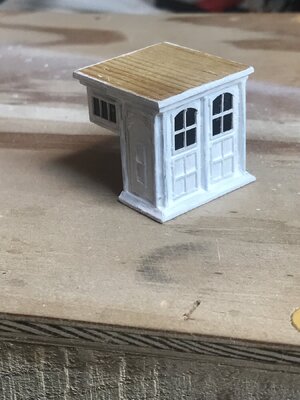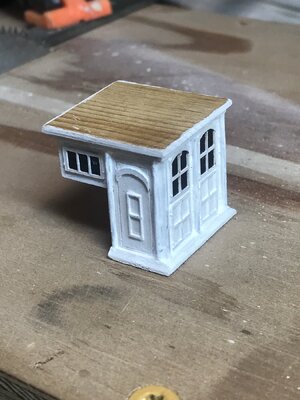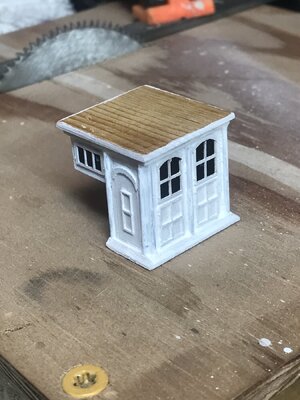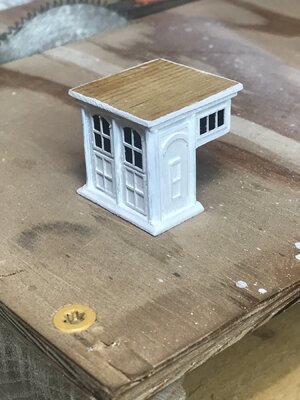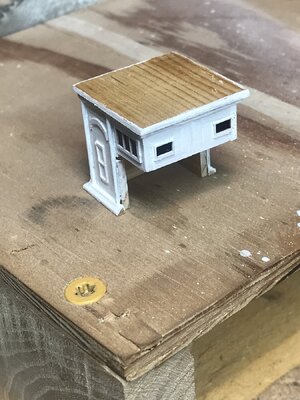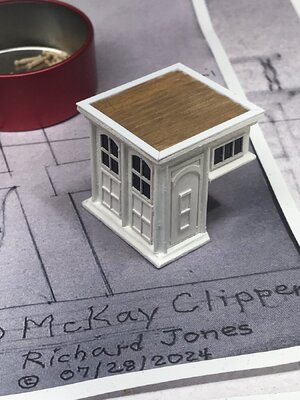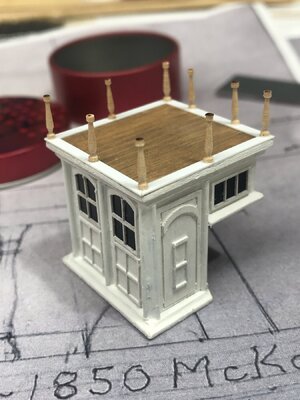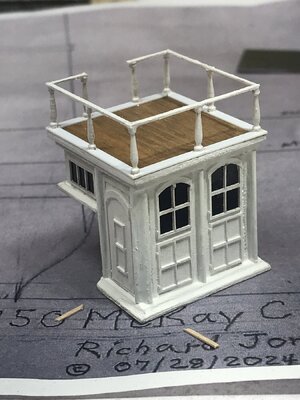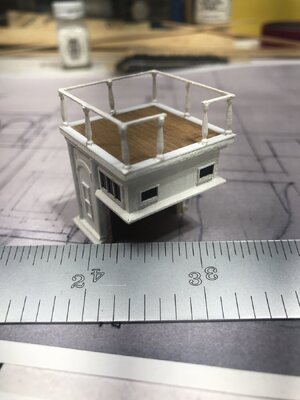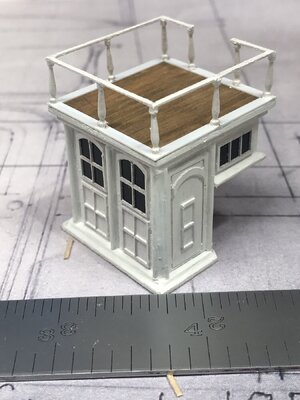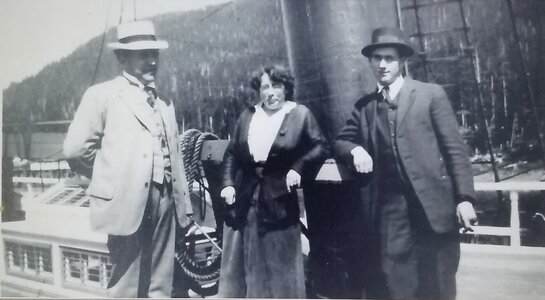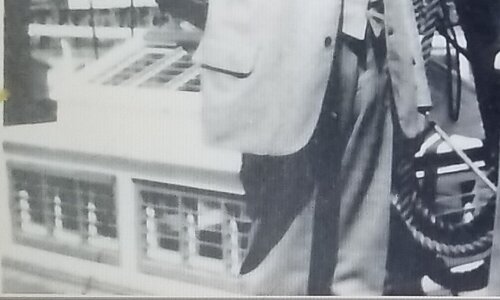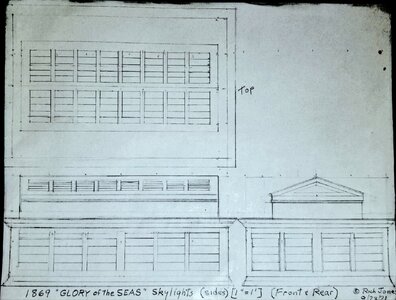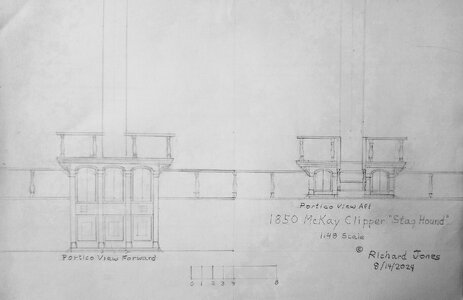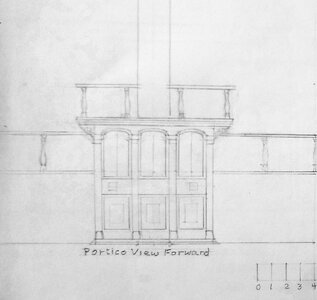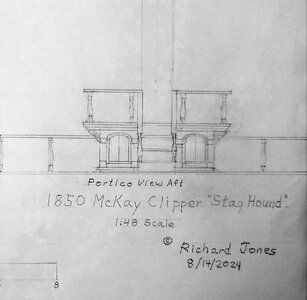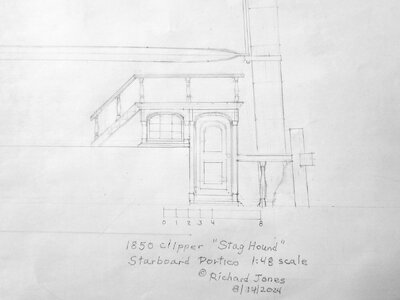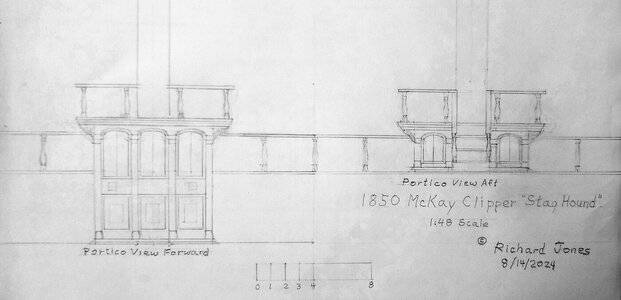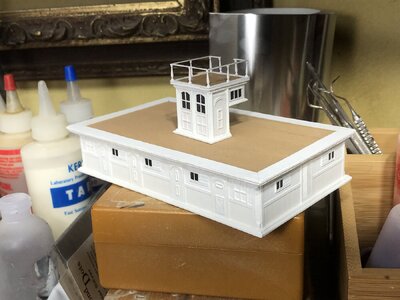Rob,
I have been following your build on MSW with interest but have been restricting from posting as I angered the NRG board, egged on by certain kit manufacturers!
Re; The Naval Hood Discussion
When Clipper Fan mentions Donald Mc Kay’s “Unique Naval Hood.” I assume that he is describing the trailboard assembly beneath the bowsprit that supported the figurehead. Am I correct?
Second question, lots of ships had trailboards. Is Clipper Fan saying that they were unique to clippers? If not, what feature made them different from ordinary trailboard assemblies?
One of the Contemporary descriptions of Staghound refers to “hood ends.” The term is often used to describe the planking ends where they fit into the stem rabbit (Gardner, Building Small Craft). So, the term used in this contex is probably not referring to the existence of a Naval Hood.
Roger
Roger,
What has led to literally 1,000s of incorrectly modeled
Flying Cloud,
Flying Fish, Sovereign of the Seas, Lightning and at least one
Stag Hound clipper ships has been a complete erasure of what Rob and I now refer to as "the unique McKay bow". As a result of this fundamental misunderstanding, all McKay clipper models (until two
Glory of the Seas replicas painstakenly built by Rob and Vladimir) have nothing but a bare stem for a head! In a way, Donald McKay is to blame, as he jealously guarded this secret so well that it's taken 174 years to rediscover it! As proof of this intentional secrecy, there's a clipper ship
Lightning sheer plan, sketched in McKay's own hand. Mysteriously, the entire bow is left completely blank. Even his own son Cornelius admitted that clipper ship designers jealously guarded there plans. So here's the difference between McKay's navel hoods and traditional decorative trail boards or head boards. The latter are essentially extraneous decorative pieces which add no structural support to the prow. We've learned that navel hoods on the contrary are far more substantial. They're nothing like decorative pieces. They are in fact extensions of the ship's hull which overlap the cutwater below and support the bowsprit above. I'll share fellow Scottsman Duncan McLean's evaluation of these rugged devices, first referred to as "navel hoods" by him in his lengthy description of McKay's second California clipper
Flying Cloud. Somehow nobody's figured out exactly what The Boston Daily Atlas article meant before this. If you look closely at the two pictures of
Glory of the Seas you'll notice that the ornately carved navel hoods remain intact, while trail boards and head boards can be washed away. After the
Lightning illustration, there are two
Glory of the Seas pictures that feature her integral navel hoods and cutwater. First pic is a close up of the famous Black photo from 1869 shortly before her launch. The second one is of her starboard bow in 1913, 44 years later. Her upper navel hood is completely intact. Her cutwater is missing the original ornate carvings but otherwise is also well maintained. Last image is of a more typical clipper prow. In this case it's of the famous
Great Admiral. She has an ornately decorated cutwater to which her full sized figurehead is mounted, but no navel hoods. Rob and I have looked at dozens of clippers, not a one has the rugged McKay bow.
